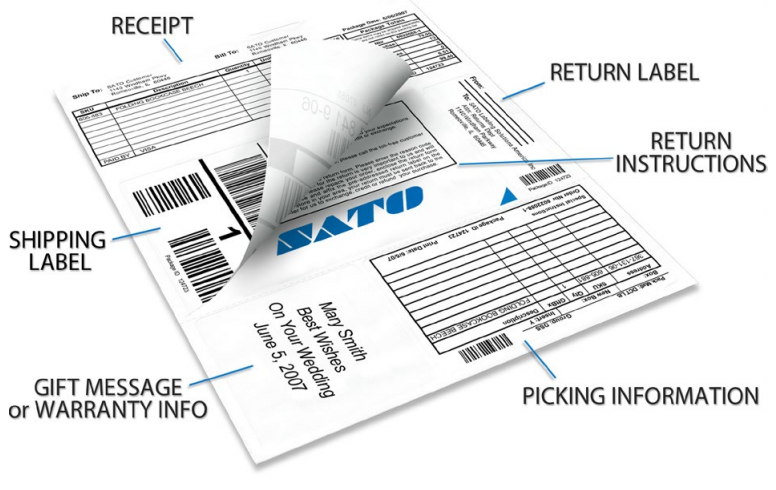 Most people don’t realize how many choices there are when it comes to designing a label or tag. Even the simplest of features can be cost-effective and can make a big impact in improving the overall retail store environment from back-office to customer experience.This white paper focuses on several features that can reduce shrink and improve customer satisfaction.
Most people don’t realize how many choices there are when it comes to designing a label or tag. Even the simplest of features can be cost-effective and can make a big impact in improving the overall retail store environment from back-office to customer experience.This white paper focuses on several features that can reduce shrink and improve customer satisfaction.
Shrink Management
To cut back on stolen merchandise, retailers are often required to implement expensive solutions like EAS (Electronic Article Surveillance) systems and trained security. However, there are less expense ways to deter theft.
Price Switching – Dishonest customers routinely give themselves a good deal by removing a lower priced label from one product and applying the label to a higher cost item. Control your pricing with aggressive adhesives and/or tamper-evident security slits.
Counterfeit Tags – The return counter is a key location for stopping fraudulent transactions. There’s a fine balance between customer-friendly return policies and highly strict practices to prevent fraud.Ideally, employees should be able to verify that the product was purchased at their store and verify the purchase price. Point-Of-Purchase labels are a great way to streamline this process when customers don’t have the original receipt. Barcoded labels can be applied to the product and linked to the transaction at the time of purchase, so returns are easy and secure. Holograms and other authentication techniques are expensive. Special inks pre-printed onto labels or tags that are only detectable with florescent UV light (a black light) are a good alternative.
While the solutions mentioned above are not infallible, retailers who implement them are far less likely to be targeted than those who don’t.
Customer Satisfaction
Consumers are easily frustrated, so it can be difficult to cultivate brand loyalty. It’s common to underestimate the impact product tags and labels have on the customer experience.
Missing Tags – The information printed on a tag is necessary for customers to make the right purchase decisions. When paper tags are missing from merchandise, customers are likely to move on. Thicker tag stocks and/or more material around the attaching hole can reduce the likelihood of tags being ripped off merchandise. However, the ultimate solution involves tear-resistant materials that make it virtually impossible to accidentally remove the tags. These solutions are perfect for shoes, rugs and other heavy-duty items.
Adhesive Residue – Products without a box typically have a label applied directly to the item. This is common for picture frames, vases, dishware, and other home goods. Customers struggle with the hard-to-remove adhesive residue left behind by the label. Specialty adhesives that cleanly wash away under warm water can lead to happier customers even after they’ve left the store.
e-Commerce – A common complaint from online shoppers is that the documentation in the box is complicated and messy. Integrated forms can combine the receipt, picking information, shipping label, return label, return instructions, etc. into one document, and provide simple and organized paperwork for the goods recipient
Tag Appearance – Finally, retailers should not underestimate the powerful influence of aesthetically pleasing tags. Having your company logo pre-printed on the tag isn’t enough to stand out these days. Variable printed tags can be die-cut into any shape and have a plethora of colorful designs on both the front and back. Retailers should get creative when designing tags to ultimately give them a competitive advantage.
Retailers should be collaborating with industry experts to design tags and labels that optimize their operation, sales and brand image.



Comments are closed.